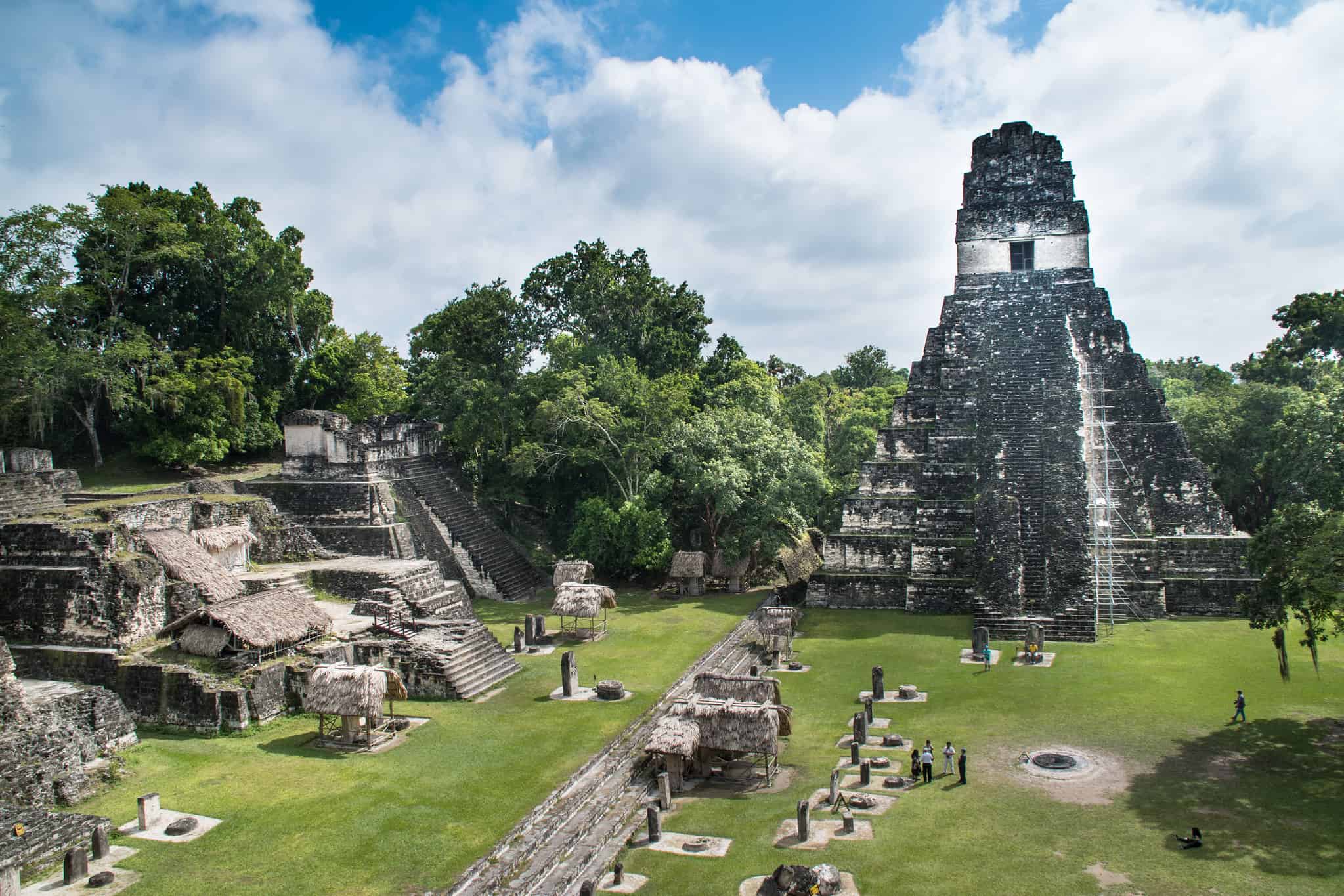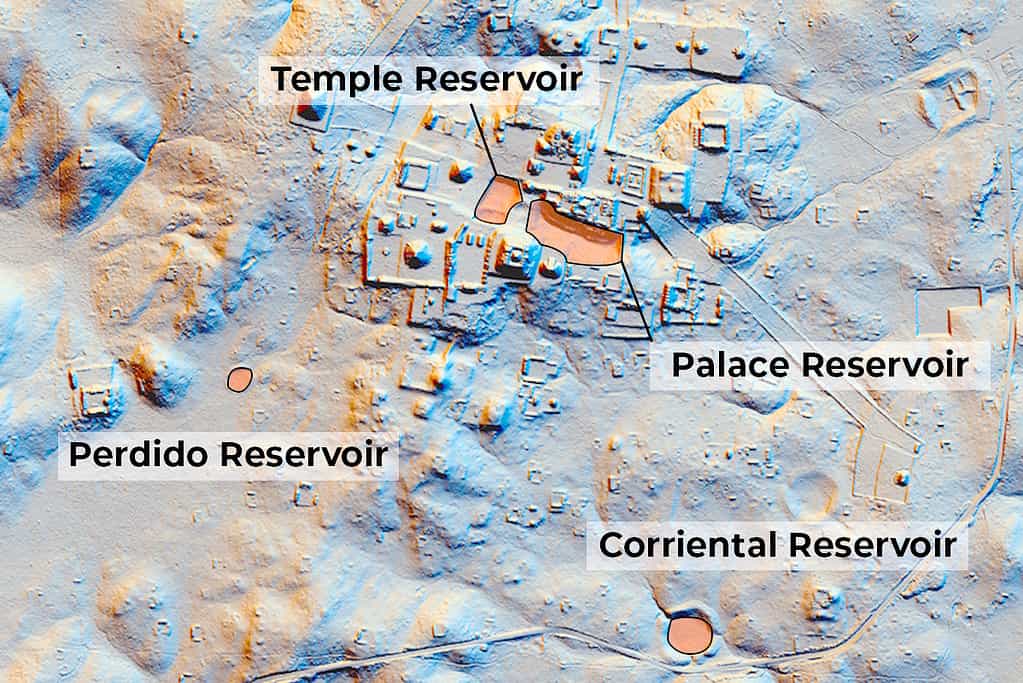Keeping water clean for essential uses like drinking, cooking, and cleaning is a major global environmental hurdle, complicated by issues such as microplastics and chemical pollution
However, a new study suggests we might find solutions by studying how the ancient Maya civilization used to keep their water clean.

The Maya were proficient at water management. They built and maintained water reservoirs that functioned as constructed wetlands, using natural processes such as vegetation, soils, and microbes to improve water quality. University of Illinois Urbana-Champaign researcher Lisa Lucero believes these could now serve as archetypes for how we manage our own water systems.
Wetlands and water
Constructed wetlands are shallow, densely-planted, man-made pods that filter water through physical and biological processes. They mimic the functions of natural wetlands but are engineered to treat wastewater, manage stormwater, and even improve habitat. The idea is to leverage the natural processes involving wetland vegetation, soils, and their microbial communities to remove pollutants from water.
There are many designs available like vertical wetlands, which require less land but more energy to operate.
In the case of the ancient Maya civilization, constructed wetlands were used for water purification. The Maya designed these systems with layers of sand, gravel, and plants, usually in shallow, sloping areas. Water flowed through these materials, and as it did, pollutants like bacteria, chemicals, and solids were trapped or broken down by the plants and microorganisms in the soil. These early systems were quite effective at cleaning water for drinking, cooking, and other activities.
“Constructed wetlands provide many advantages over conventional wastewater treatment systems. They provide an economical, low technology, less expensive and high energy-saving treatment technology,” Lucero said in a press release. “Constructed wetlands also support aquatic animals and can be a source of nutrients for agriculture.”
To ensure access to clean water, the Maya used a diverse array of aquatic plants, Lucero found, based on evidence from excavations, sediment cores, wetlands today, and iconographic and hieroglyphic records. One of the most used plants is the water lily (Nymphaea ampla), a hydrophytic plant native to temperate and tropical areas.
Because of their prevalence, archaeologists had assumed that water lilies played a major role in maintaining clean water. However, water lilies are very sensitive and only grow in clean water. They don’t tolerate acidic conditions or high concentrations of certain minerals. Also, water being cloudy or containing too much algae will limit their growth.

Lucero believes the Maya used impermeable materials such as clay in the reservoir to stabilize pH levels, allowing water lilies to thrive. And since most of the reservoirs were lined with clay or other materials, it’s also likely that the Maya added soil or took advantage of naturally occurring sedimentation to support water lilies, she added.
“Water lilies indicate clean water—and symbolized Classic Maya kingship. Kings and water lilies were depicted together on monumental architecture, stelae, and portable objects,” Lucero wrote. “Clean water and political power were inextricably linked as demonstrated by the fact that the largest reservoirs were built near palaces.”
Lessons from the Maya
The reservoirs likely supported diverse biota found today in Central American wetlands that would have benefited the Maya, such as fish and eels. Fish feces, which the Maya would have had to dredge every few years, provided a potential source of fertilizer. The Maya would also have had to harvest and replenish plants saturated with nutrients.
Settlement maps show that the Maya didn’t build residences near reservoir edges so contamination from human waste wouldn’t be an issue for reservoirs. Studies analyzed DNA in sediments from reservoir edges in massive Maya cities like Tikal in Guatemala and identified large and small trees. Shaded water from trees prevents algal growth.
The way the Maya civilization used to take care of their water resources embodies lessons for current and future water management practices, Lucero argued. If researchers can establish exactly how the Maya reservoirs worked, they might be able to improve current and future constructed wetlands and expand their use, she added.
Constructed wetlands don’t require the use of chemicals or fossil fuels to operate and after being set up they become self-cleaning and self-sufficient with some maintenance. People can work together to provide their communities with clean water, starting with small constructed wetlands, also planting trees like the Maya did.
“Like Maya reservoirs, constructed wetlands would provide clean drinking water and support fish, snails, turtles, mollusks, edible and medicinal plants, and more,” Lucero wrote in her paper. “The next step moving forward is to combine our respective expertise and implement the lessons embodied in ancient Maya reservoirs.”
The study was published in the journal PNAS.


